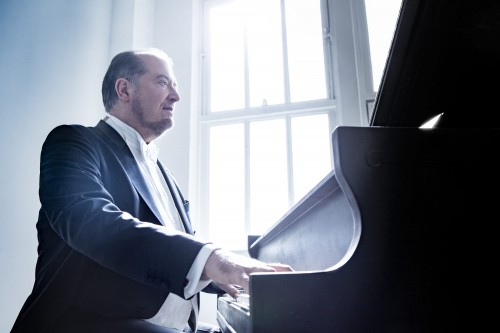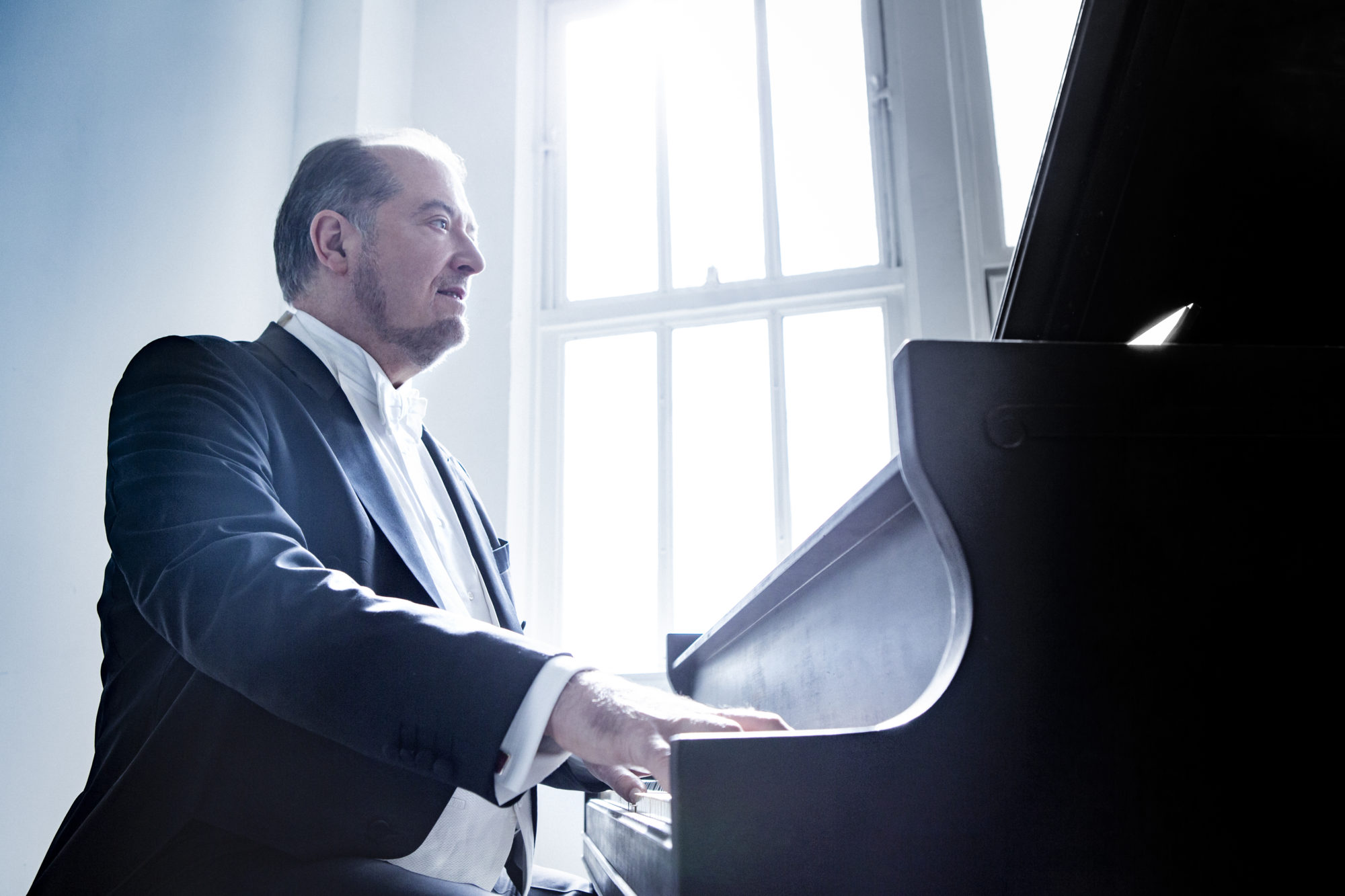 United Kingdom Brahms: Garrick Ohlsson (piano), Wigmore Hall, London, 27.2.2019. (CSa)
United Kingdom Brahms: Garrick Ohlsson (piano), Wigmore Hall, London, 27.2.2019. (CSa)

Brahms – Eight Piano Pieces Op.76; Variations on an Original Theme Op.21 No.1; Variations on a Hungarian Song Op.21 No.2; Four Ballades Op.10; Variations on a Theme by Paganini (Book 1) Op.35
San Francisco-based Garrick Ohlsson, soon to celebrate his 71st birthday, stands six foot four inches tall and possesses a Liszt-like hand-span (a 12th in the left and an 11th in the right). He is, in every sense, one of America’s most formidable concert pianists. A one-time pupil of the great Claudio Arrau, and the USA’s first Gold Medal winner in the prestigious Chopin International Piano Competition in Warsaw in 1971, Ohlsson combines a huge dynamic range coupled with an almost poetic lightness of touch. A leading exponent of the works of Frédéric Chopin, Ohlsson has this year turned his powerful hands to a challenging project – an exploration of the complete solo piano works of Brahms.
Ohlsson’s all-Brahms Wigmore Hall programme started with the Eight Piano Pieces Op.76. Mainly composed in 1878, this series of alternating Capriccios and Intermezzos represents the mature, more private Brahms, and reveals an inner emotional turmoil lightly concealed under the composer’s more familiar geniality and gemütlichkeit.
The set begins with the moodily impassioned Capriccio in F minor. Here, Ohlsson contrasted to great effect the growing agitation in the piece’s stormy introduction with the warm tranquillity of its closing bars. In the second piece, an almost folksy Capriccio in B minor, he struck a perfect balance between Brahms’s playfulness and moody introspection. The third piece, a fleeting Intermezzo in A flat major, marked grazioso, was played with a rare delicacy, while the lyrical B flat Intermezzo, with its urgent middle section, was perfectly balanced. Restraint was seemingly abandoned in the mighty and magnificently played Capriccio in C sharp minor, but quickly regained in a controlled yet tender reading of the gentle Intermezzo in A major which followed. A pensive, almost hesitant rendition of the seventh piece, the Intermezzo in A minor, gave way to the final piece in the set, a dissonant, riotous Capriccio in C major.
Two Brahms Variations concluded the concert’s first half. In the first, Variations on an Original Theme Op.21 No.2, Ohlsson gave a vibrant and deeply expressive account – full of subtle shifts in mood and texture. The second, Variations on a Hungarian Song Op.21 No.2, despite historic recordings by the likes of Julius Katchen and Sviatoslav Richter, remains an infrequently played piece. Ohlsson – every bit the technical equal of these past keyboard giants – gleefully evoked Brahms’s central gypsy melody and drove the immense coda at breath-taking speed.
The Four Ballades Op.10 opened the recital’s second half. Comparisons can be invidious, but Ohlsson’s majestic and beautifully flowing interpretation of this collective work was reminiscent of another great exponent of Brahms’s piano repertoire, Emil Gilels. Alternating furious orchestral power, such as that to be found in the central Allegro in Ballade No.2 in D minor, with a deep melodic calm in the middle section of Ballade No.4 in B, Ohlsson demonstrated an intuitive understanding of the set’s varied emotional landscape.
The recital formally concluded with a pyrotechnical performance of Variations on a Theme by Paganini. Highlights included, but were by no means confined to, Variation XIII in which Ohlsson’s agile fingers slid down the runs, like a child down a bannister.
The evening contained two unexpected surprises. The first was an encore, an enchanting performance of Chopin’s Prelude Op.45 preceded by a witty and erudite introduction from the pianist. The second surprise, bearing in mind the infrequency of Ohlsson’s visits to London and the brilliance of his playing, was the small size of the audience. Never mind. Their rapturous response filled the Wigmore Hall.
Chris Sallon
